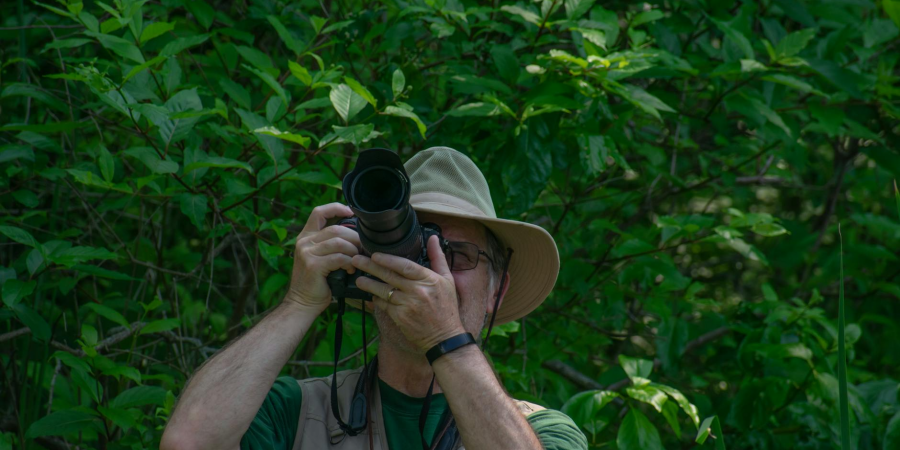

The process of producing images by capturing light—either chemically, using a light-sensitive substance like photographic film, or electronically, using an image sensor—is known as photography. In addition to its more obvious applications in mass communication, art, film and video production, recreation, and manufacturing (such as photolithography), it is used in several other disciplines of science and industry.
During a timed exposure, a lens is usually employed to focus light that is reflected or transmitted from objects into an actual image on the light-sensitive surface within a camera. Every pixel generated by an electronic image sensor generates an electrical charge, which is then electronically processed and saved in a digital picture file for later processing or display.
The 1930s saw the introduction of Eastman Kodak's "Kodachrome" film, which marked the beginning of color photography's rise to popularity and accessibility. Prior to that, practically all photographs were monochromatic, but a small number of photographers had been producing color images for decades prior by straddling the boundary between chemists and alchemists and employing specialized techniques. If you haven't already, you should check out these intriguing galleries of full-color images from the 1800s and early 1900s.
These pioneering color photographers, who were also scientists, are not alone in their pursuit of expanding the possibilities of one of the newest artistic mediums. The history of photography has always been shaped by the individuals who pioneered the medium into the modern period, including artists and inventors.
The magnificent, severely endangered Fijian iguanas reside thousands of kilometers away across the Pacific Ocean from their closest cousins, the iguanas. During my trip to Fiji, I had the good fortune to locate and capture images of two of these species. There are almost any published high-quality photos of wild individuals because to their great rarity and isolated populations.
Landscape photography is another way of saying scenic or environmental photography. It involves taking pictures of a natural scene – often large and grand, but sometimes smaller and more intimate – in a way that brings the viewer into a scene. Landscape photography is one of the most popular types today, spinning off several sub-genres such as storm photography, seascapes, and so on. With a broader definition, it also includes “urban landscape” photography and manmade scenes.
These kinds of photography are ideal if you wish to direct your camera at people, from fashion to intimate portraiture.
Photographing portraits requires a photographer to be proficient with their equipment and have the ability to put their subjects at ease. A great portrait conveys the subject's narrative in addition to being an excellent image of them. To assist you improve your shots, learn more about sitting and hand positions for your subjects, as well as portrait lighting.
Headshot photography: Headshots are professional images used for websites, social media accounts, and resumes. They are a highly commercialized type of portrait photography. Find out what makes a headshot different from a portrait and how to take a compelling, industry-ready photo of a subject.
Fashion photography: Construct chic photo shoots by collaborating with models. Regardless of whether your goal is
